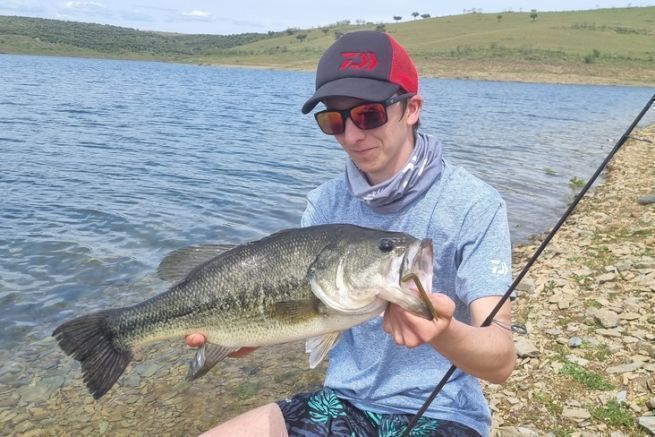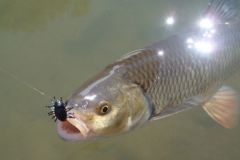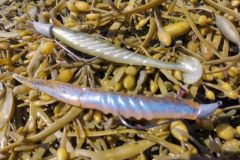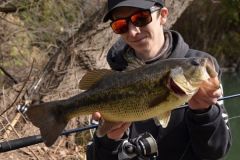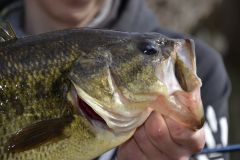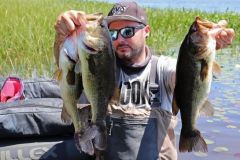Lure size and shape
To use the full potential of a wacky rig, long, fine lures are excellent. Worms fit the bill perfectly, and some of them have little special features that change the way the lure animates itself on the way down. Some lures have comma-shaped tails, others simply narrow the body of the lure to create more vibration.
The conventional worm size for wacky fishing is around 9 cm, but larger worms up to 15 cm are sometimes more effective. The size of the lure used should match the size of the fish spotted. Even if a small worm can be swallowed by all sizes of fish, using a large worm allows you to better select larger individuals.
Smaller fish tend to seize only one part of a large worm, thus not gobbling the hook and allowing you to remove them from your mouth without starting a fight that might scare off larger, more wary specimens.
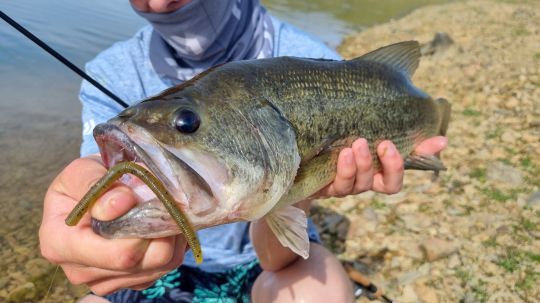
The right weapons
In unplumbed wacky, a worm must undulate from both ends to be effective. To rig a wacky worm correctly, you need to know the different ways to thread it onto the hook. Hook size and weight are very important to adapt to the conditions.
A well-hidden hook will be more effective on educated fish, but may tend to sink the lure too quickly, as it alters the lure's center of gravity. To solve this problem, it's important to know the worm you're using.
Before attacking a spotted fish, you should try your lure in the water and make sure it ripples on the way down. It's important to know that too heavy a hook can restrict these ripples.
Other possible options
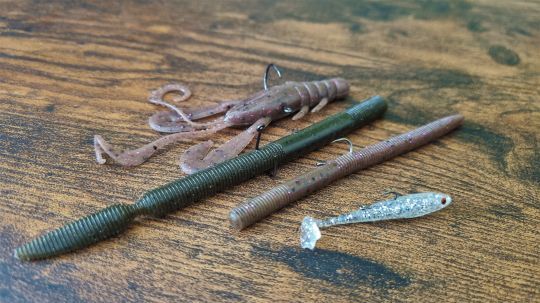
Worms aren't the only soft lures you can use for wacky fishing. Different shapes and actions work best in the right circumstances.
A very realistic finesse lure imitating a fry works particularly well after whitefish have spawned. In tree-lined areas, insect imitations, which can fall into the water, are preferable if worms don't work. Tubes and crayfish emit more vibrations in the water and trigger more bites, especially in tinted water.
